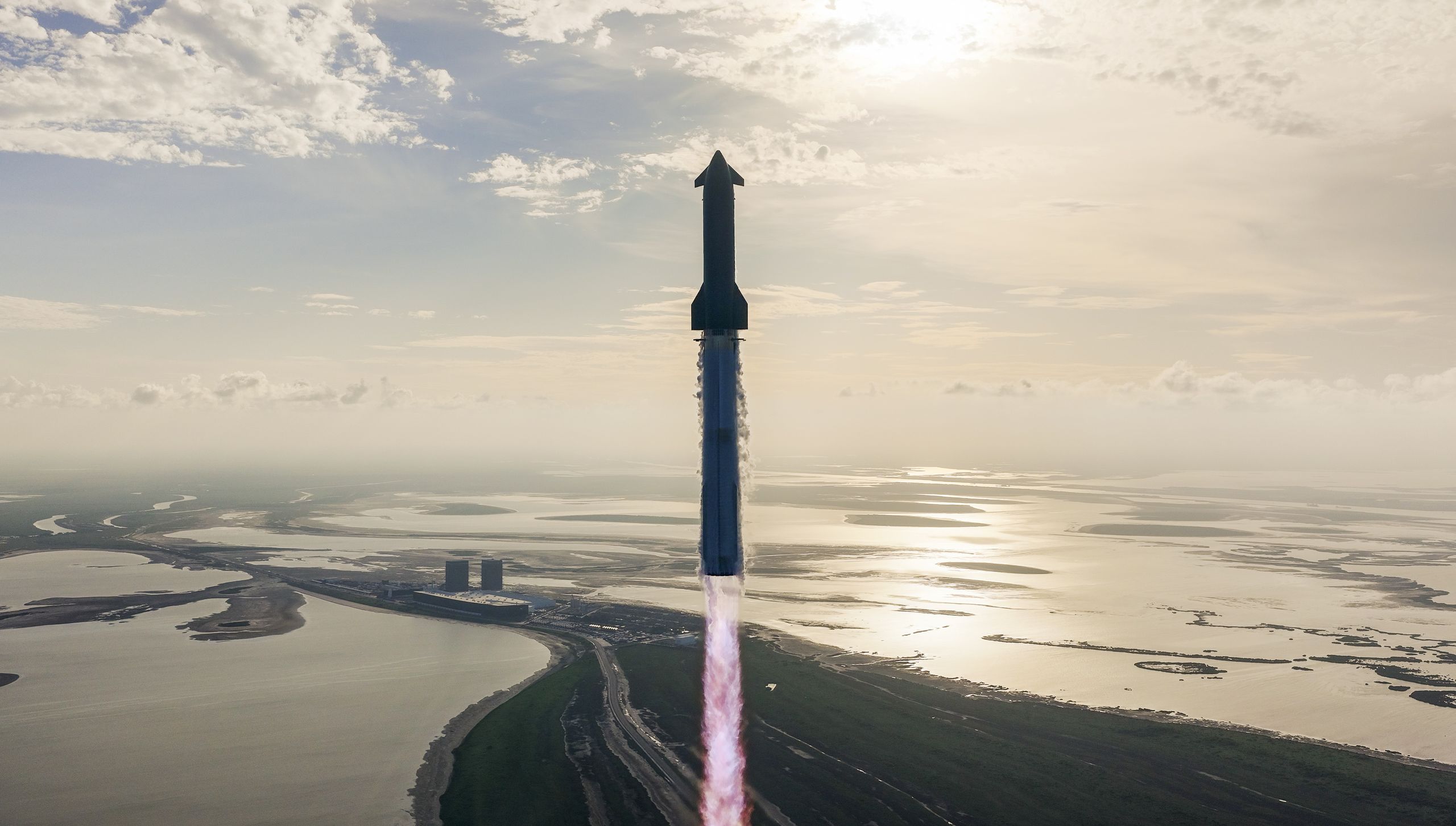| IN A NUTSHELL |
|
As the satellite industry accelerates its expansion into Earth’s orbit, the pressing issue of space junk is becoming increasingly unavoidable. With Elon Musk’s SpaceX leading the charge through its Starlink project, over 8,000 satellites are currently operational, and this number is rapidly growing. Astrophysicist Jonathan McDowell highlights a troubling trend: one or two Starlink satellites fall back to Earth daily, a figure expected to rise. This situation is exacerbated by other tech giants, like Amazon, entering the fray with plans to launch thousands of their own satellites. The growing congestion in Low Earth Orbit raises significant concerns about the environmental impact and potential risks to life on Earth.
The Rise of Satellite Constellations
Elon Musk’s SpaceX has become a pivotal player in the satellite industry with the launch of its Starlink constellation. Since 2019, SpaceX has deployed thousands of satellites, with plans to continue this momentum. In 2025 alone, over 2,000 satellites were launched, contributing to a total of more than 8,000 currently in orbit. This ambitious endeavor is driven by the goal of providing global internet coverage, a vision shared by other tech companies like Amazon. They too are investing heavily in satellite-based internet services, aiming to deploy over 3,200 satellites. The result is a rapidly intensifying race to dominate Low Earth Orbit.
The surge in satellite launches brings with it significant challenges. The sheer number of satellites increases the likelihood of collisions, leading to more space debris. Scientists and industry experts are voicing concerns about the sustainability of this growth. Jonathan McDowell points out that the ongoing deployment of satellite constellations is creating a crowded and hazardous environment in space. The potential for catastrophic chain reactions, such as the Kessler syndrome, looms large as more satellites are launched each year.
Environmental Concerns and Atmospheric Pollution
As satellites reach the end of their operational life, they are guided back to Earth to burn up upon re-entry. However, this process releases metals into the stratosphere, raising concerns about atmospheric pollution. Some scientists fear that these emissions could trigger a chain reaction, severely damaging the ozone layer. McDowell notes the uncertainty surrounding the impact, with opinions ranging from negligible effects to dire consequences. The potential harm to the upper atmosphere is a significant issue that requires further investigation and action.
Moreover, the growing presence of space junk poses a direct threat to the environment and human safety. The Federal Aviation Administration (FAA) has warned that by 2035, around 28,000 fragments from Starlink satellites could survive re-entry each year. This increases the risk of space debris striking individuals on the ground, a threat once deemed implausible. The FAA’s report suggests a 61 percent annual probability of such incidents, a figure that underscores the urgency of addressing space debris management.
The Kessler Syndrome and Its Implications
One of the most alarming scenarios associated with the proliferation of satellites is the Kessler syndrome. This phenomenon describes a situation where collisions between satellites create a cascade of space debris, further increasing collision risks. If unchecked, this could lead to a self-sustaining cycle of destruction, rendering Low Earth Orbit virtually impassable. McDowell warns that the current trajectory of satellite launches could push us closer to this scenario. While SpaceX’s satellites are designed to de-orbit relatively quickly, the competitive pressure may force other companies to launch satellites into higher orbits, where they could take much longer to de-orbit.
A potential trigger for the Kessler syndrome is a large-scale solar storm. During periods of solar maximum, satellites are more vulnerable to increased solar activity. This heightened risk contributes to the overall instability of satellite constellations and could precipitate widespread satellite failures. The reality of these risks emphasizes the need for comprehensive strategies to mitigate the dangers posed by space debris and maintain the long-term viability of satellite operations in Earth’s orbit.
Future Challenges and Considerations
As the satellite industry continues to expand, addressing the challenges of space debris and environmental impact becomes increasingly critical. The potential consequences of inaction are significant, from atmospheric pollution to increased risks to human safety. Industry stakeholders, policymakers, and scientists must collaborate to develop effective solutions for managing space junk and ensuring the sustainability of satellite operations. This involves exploring new technologies for debris removal, revisiting regulatory frameworks, and promoting international cooperation.
The growing complexity of satellite constellations and the associated risks raise important questions about the future of space exploration and technology. How can we balance the benefits of satellite-based services with the need to protect our planet and its inhabitants? What measures can be implemented to prevent catastrophic outcomes in Low Earth Orbit? As we look to the future, these questions will be central to shaping the trajectory of satellite technology and its impact on the world.
This article is based on verified sources and supported by editorial technologies.
Did you like it? 4.6/5 (23)
Source link


